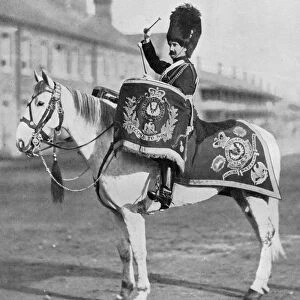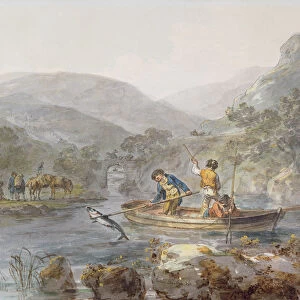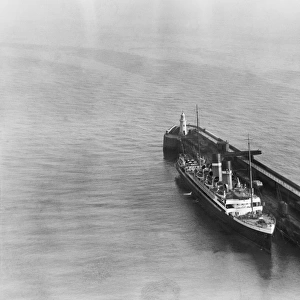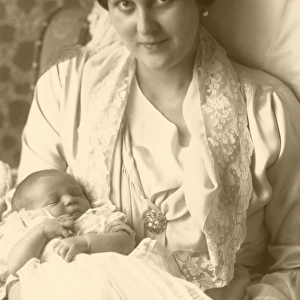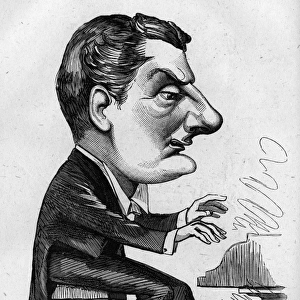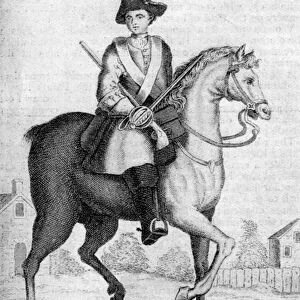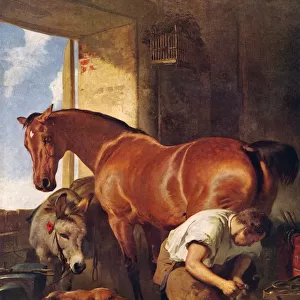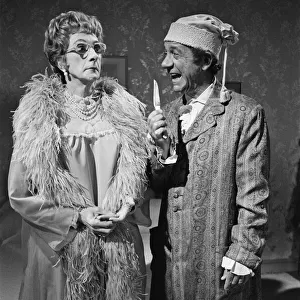Home > Animals > Mammals > Cats (Wild) > Serum
Horse serum laboratory at Elstree, 1915
![]()

Wall Art and Photo Gifts from Mary Evans Picture Library
Horse serum laboratory at Elstree, 1915
The laboratory of the horse serum farm at Elstree, 1915. One unusual contribution of the horse to the war effort was as a supply of serum which acted as an antidote to tetanus poisoning, also known as lockjaw. Serum, or blood fluid with the clotting agents removed, is collected from the blood of specially selected horses, who have carefully infected with the disease, and so built up an immunity to it. The article accompanying this picture concludes, " The regiment of healing horses, through others of its recruits, supplies antidotes to diphtheria and dysentery; and it is no exaggeration to say that the blood the horses have shed has saved thousands of lives.
1915
Mary Evans Picture Library makes available wonderful images created for people to enjoy over the centuries
Media ID 14387492
© Mary Evans Picture Library
Elstree Laboratory Poisoning Serum Tetanus
FEATURES IN THESE COLLECTIONS
> Animals
> Farm
> Horses
> Related Images
> Animals
> Mammals
> Cats (Wild)
> Serum
> Animals
> Mammals
> Horse
> Related Images
EDITORS COMMENTS
This photograph captures the Horse Serum Laboratory at Elstree in 1915, a remarkable contribution of horses to the First World War effort beyond the battlefield. During this time, serum, the fluid extracted from blood with clotting agents removed, served as an antidote to tetanus poisoning, also known as lockjaw. Horses, carefully selected and infected with the disease to build up immunity, supplied the essential antidote. The lab at Elstree was part of a regiment of healing horses, providing not only tetanus serum but also antidotes for diphtheria and dysentery. The horses' sacrifices were instrumental in saving thousands of lives during the war. The process of extracting serum from the horses was a delicate and crucial procedure, requiring great care and expertise. The horses were kept in clean, well-ventilated stalls, and their health was closely monitored. The serum was collected through a process called venesection, where blood was drawn from the horse's jugular vein. The blood was then allowed to clot, and the serum was carefully separated and sterilized before being distributed to the military and medical services. The horses were given rest and care before being reinfected to produce more serum. This photograph is a poignant reminder of the many ways horses played a role in the First World War, extending beyond their service on the battlefield. Their contributions to the production of life-saving serums were a testament to their enduring importance during this pivotal time in history.
MADE IN THE USA
Safe Shipping with 30 Day Money Back Guarantee
FREE PERSONALISATION*
We are proud to offer a range of customisation features including Personalised Captions, Color Filters and Picture Zoom Tools
FREE COLORIZATION SERVICE
You can choose advanced AI Colorization for this picture at no extra charge!
SECURE PAYMENTS
We happily accept a wide range of payment options so you can pay for the things you need in the way that is most convenient for you
* Options may vary by product and licensing agreement. Zoomed Pictures can be adjusted in the Cart.


